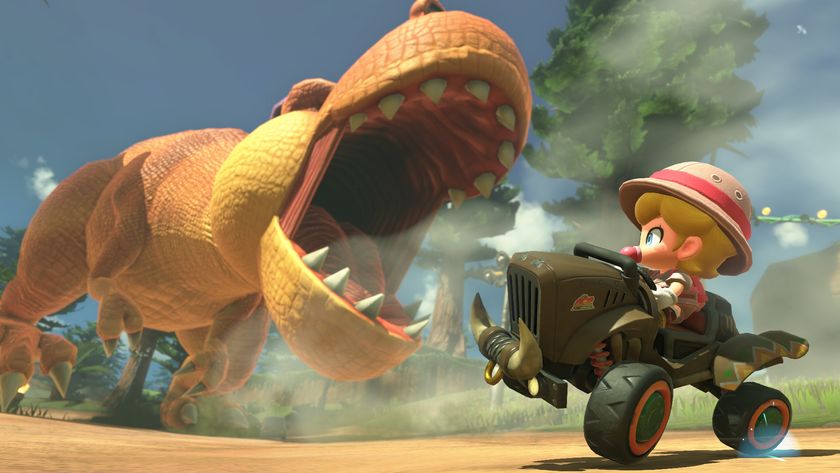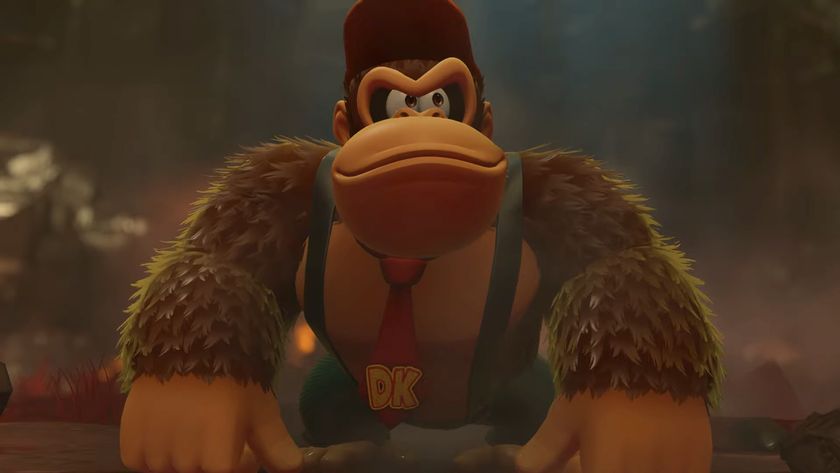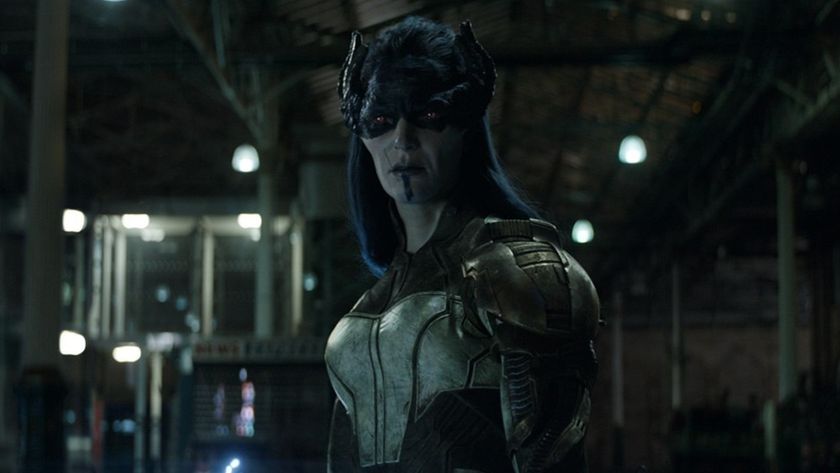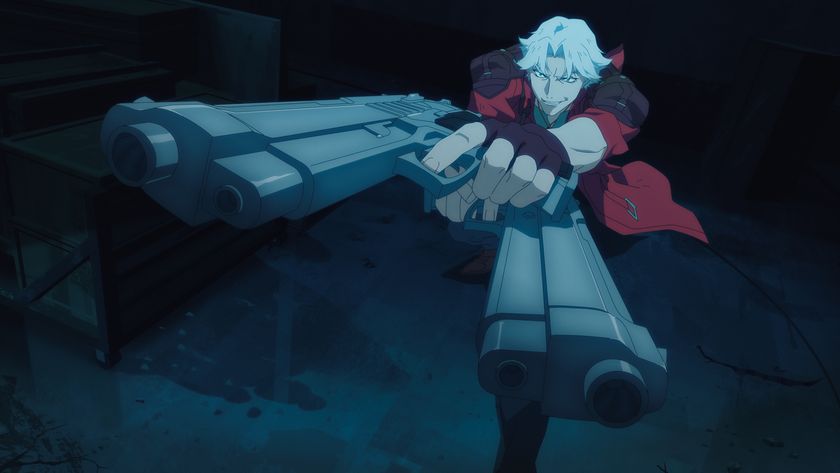You don’t know how good you’ve got it. With the latest generation, you’ve got one of the most sophisticated pieces of technology in the world sitting under your television (or sitting on your desk), obediently pumping out hundreds of thousands of polygons a second and making trillions of calculations, all so you can sit there grunting about how the draw distance isn’t that great, or how the characters’ faces aren’t that well animated. Well, it’s time for a history lesson.
Over the next few pages we’ll be looking at gaming’s unsung heroes – objects like rocks, puddles and, er, breasts – and how they’ve changed over the decades. After you’ve witnessed the horrors within, you’ll never complain about graphics again. Well, not much. You’ll thank the stars your character has a fully animated face, however wonky, and more than three pre-set animations. You’ll skip merrily through the battlefield gazing at 3D barrels, thankful they no longer look like grey, pixelly potato croquettes. You’ll gaze (even more) longingly at Taki from Soul Calibur’s jiggling breasts, overjoyed at the fact that… well, you get the idea. Let’s go.
The humble tree
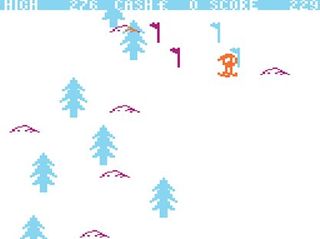
Horace Goes Skiing, Sinclair Spectrum, 1982
This tree is blue. Could the developer have, at least, made them green? Even the trunk is blue, but hey – who needs realism? Anyone looking at this picture will understand it’s a tree, so scratch ‘one’ for games – the 8-bit graphics have clearly done their job. Still, this is the videogame equivalent of cave drawings.

Sonic The Hedgehog, Sega Genesis/Mega Drive, 1991
The 16-bit consoles could afford more colors and bigger tiles for sprites, but they usually looked as convincing as a flat, pixilated picture of a tree could. However, artistic license enabled Sonic Team to create stylized palm trees that still look superb, with pseudo-3D hints and bold slabs of color. A giant leap forward.
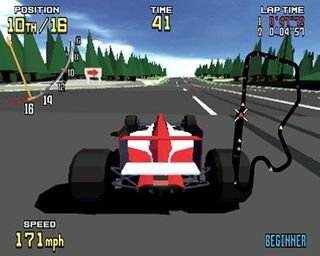
Virtua Racing, Arcade, 1992
Now we’re getting somewhere. While clearly not as detailed as the previous example, in Virtua Racing trees finally planted their roots in fast-moving, true 3D. OK, so it’s just a green pyramid with a basic slab of brown trunk, but you can almost smell the virtual pine freshness from here. Mmmm.
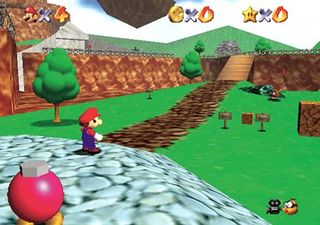
Super Mario 64, N64, 1996
Not 3D, but this tree is a convincingly-shaded, playfully toy-like 2D sprite. It almost looks as if it’s been modeled in clay. Being flat, the sprite would move depending on where the camera was facing, but considering this was the first truly free-roaming 3D world, we could forgive the foliage’s technical shortcomings.
Sign up to the 12DOVE Newsletter
Weekly digests, tales from the communities you love, and more

The Elder Scrolls IV: Oblivion, PC/360/PS3, 2007
Thick, gnarled trunks, dense, wafting foliage and a full reaction to weather make Oblivion’s trees the finest examples in gaming to date. If someone had told us this was an in-game shot in 1982, we would have said... well, nothing actually. But we would definitely have choked on our Farley’s Rusks.
